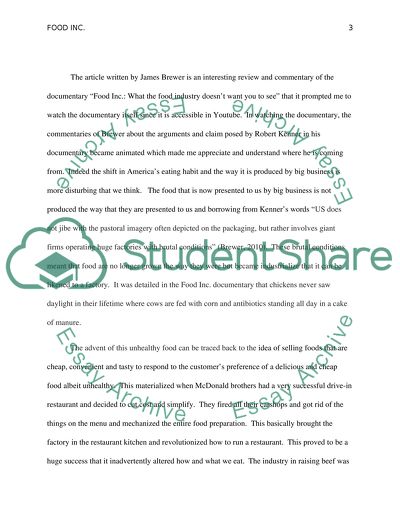Cite this document
(“Food Inc. by James Brewer Essay Example | Topics and Well Written Essays - 1250 words”, n.d.)
Retrieved from https://studentshare.org/health-sciences-medicine/1486595-article-analysis-with-focus-on-apa-formatting
Retrieved from https://studentshare.org/health-sciences-medicine/1486595-article-analysis-with-focus-on-apa-formatting
(Food Inc. By James Brewer Essay Example | Topics and Well Written Essays - 1250 Words)
https://studentshare.org/health-sciences-medicine/1486595-article-analysis-with-focus-on-apa-formatting.
https://studentshare.org/health-sciences-medicine/1486595-article-analysis-with-focus-on-apa-formatting.
“Food Inc. By James Brewer Essay Example | Topics and Well Written Essays - 1250 Words”, n.d. https://studentshare.org/health-sciences-medicine/1486595-article-analysis-with-focus-on-apa-formatting.


